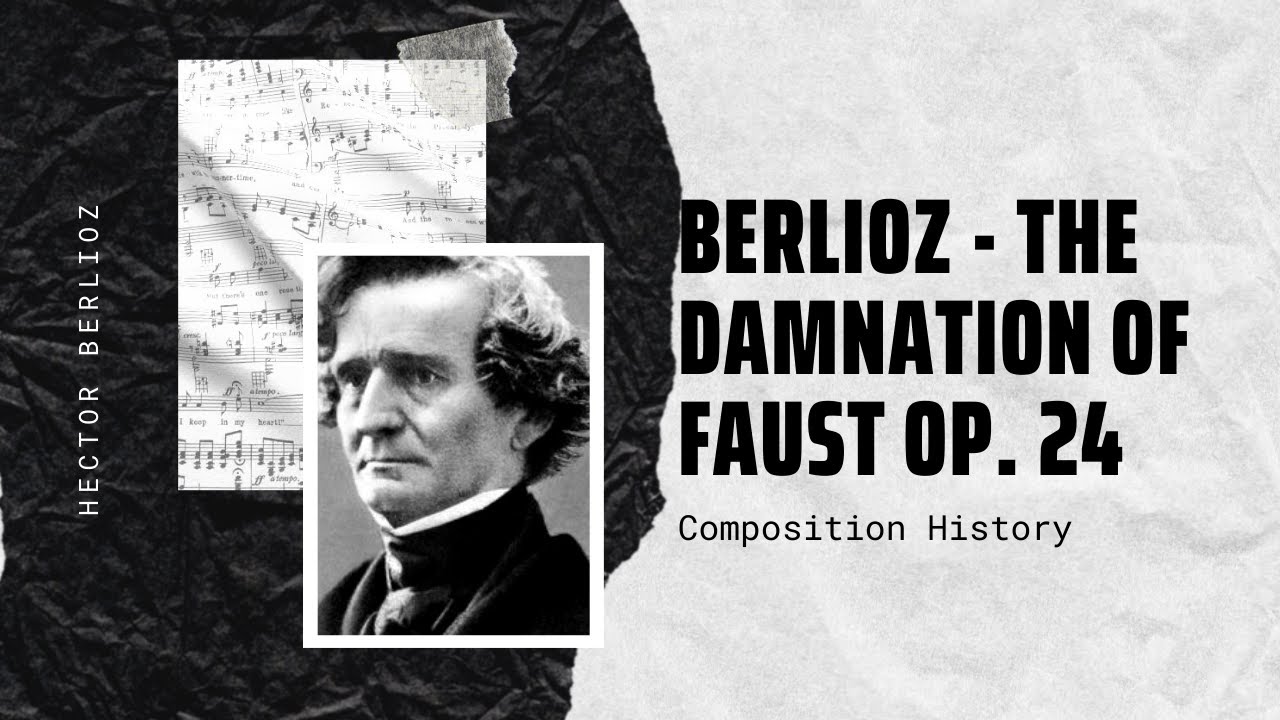
Dvorak – Symphony No. 8 in G major Op. 88
Antonín Leopold Dvořák (8 September 1841 – 1 May 1904) was a Czech composer, one of the first to achieve worldwide recognition. Following the Romantic-era[…]

Haydn – Symphony No. 92 in G Major
Joseph Haydn – Symphony No. 92 in G Major Joseph Haydn completed his Symphony No. 92 in G major, Hoboken I/92, popularly known as the Oxford[…]

Vivaldi – Concerto in B flat Major
Antonio Vivaldi – Concerto in B flat Major Antonio Lucio Vivaldi (4 March 1678 – 28 July 1741) was an Italian Baroque musical composer, virtuoso violinist,[…]

Pachelbel – Vom Himmel hoch da komm ich her
Johann Pachelbel – Vom Himmel hoch da komm ich her Johann Pachelbel (baptised 1 September 1653 – buried 9 March 1706) was a German composer, organist,[…]

Franck – Sonata for Cello and Piano
César Franck – Sonata for Cello and Piano César-Auguste-Jean-Guillaume-Hubert Franck (10 December 1822 – 8 November 1890) was a composer, pianist, organist, and music teacher who[…]

Franck – Piano Quintet
César Franck – Piano Quintet César-Auguste-Jean-Guillaume-Hubert Franck (10 December 1822 – 8 November 1890) was a composer, pianist, organist, and music teacher who worked in Paris[…]

Mozart – Symphony No. 36 in C ‘Linz’, K 425
Wolfgang Amadeus Mozart – Symphony No. 36 in C ‘Linz’, K 425 The Symphony No. 36 in C major, K. 425, (known as the Linz Symphony)[…]

Mozart – Flute and Harp Concerto in C major
Wolfgang Amadeus Mozart – Flute and Harp Concerto in C major The Concerto for Flute, Harp, and Orchestra in C major, K. 299/297c, is a concerto[…]

Mendelssohn – Symphony No. 4 – Italian
The Symphony No. 4 in A major, Op. 90, commonly known as the Italian, is an orchestral symphony written by German composer Felix Mendelssohn. The work[…]

Berlioz – The Damnation of Faust Op. 24 (Hungarian March)
Hector Berlioz – The Damnation of Faust Op. 24 (Hungarian March) La damnation de Faust (English: The Damnation of Faust), Op. 24 is a work for[…]